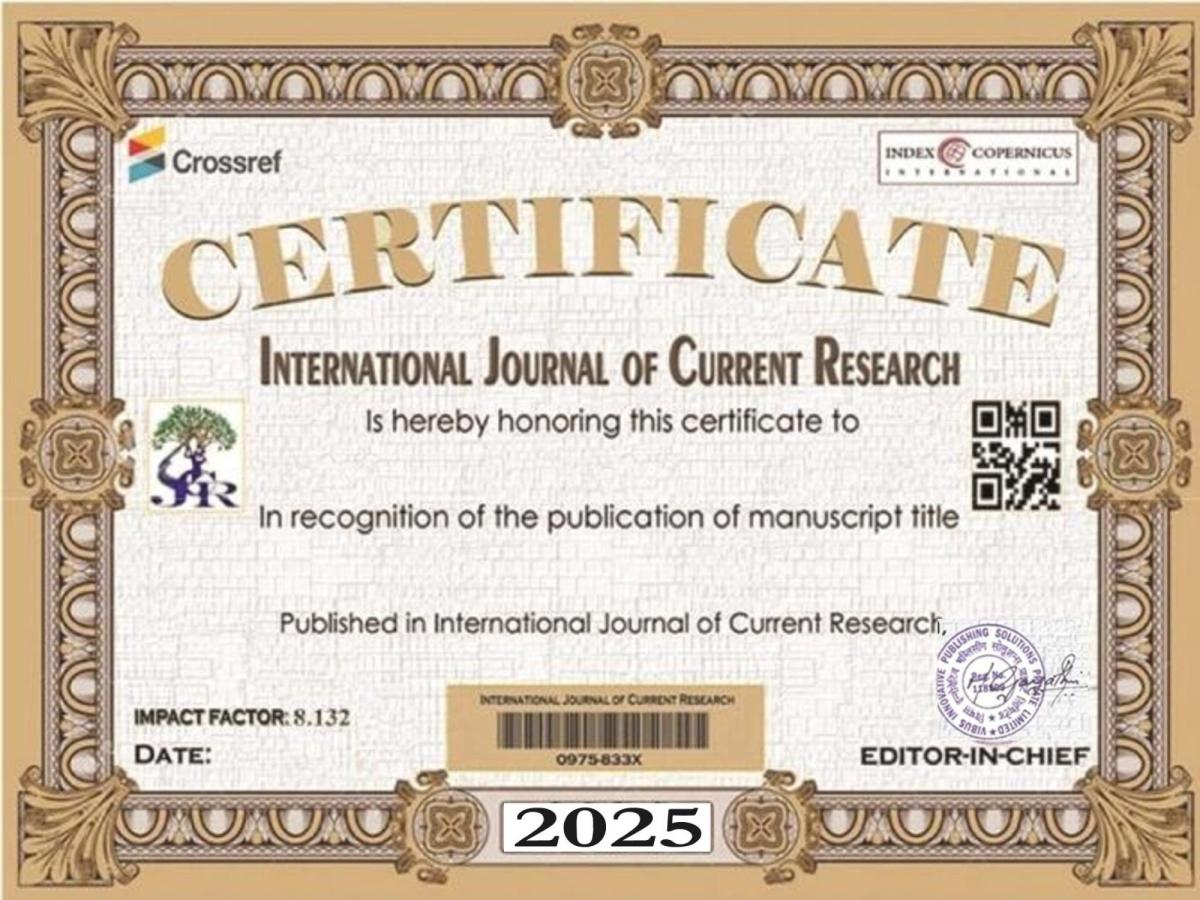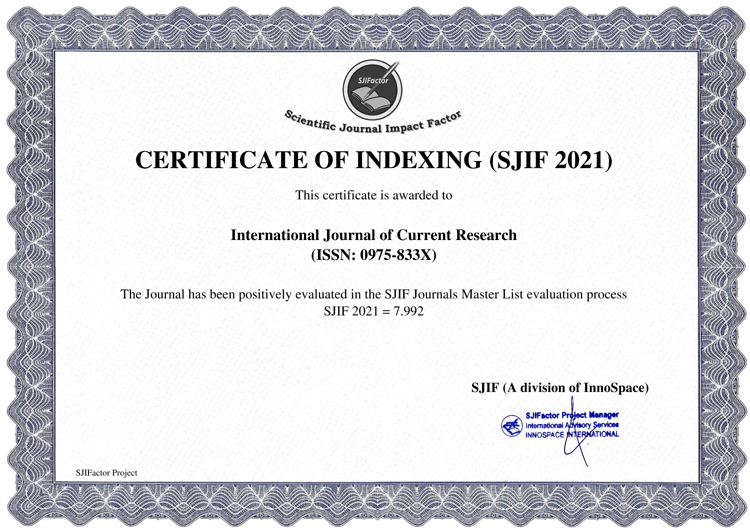Sage or Salvia belongsto the Family: Lamiaceae, Genus: Salvia, Species: Salvia officinalis. Indian name of spices are in Hindi : Salvia, Sefakus Malayalam : Salvi tulasi Bengali :Bui tulasi Panjabi :Sathi. Foreign name of spices in Arabic : Mayameeah Chineese : Shu wei cao Czech :Salvej Dutch :Salie French :Sauge German :Salbei Italian :Salvia Spanish :Salvia (Indianspices, 2025). Common names are in sage, common sage, Spanish sage, culinary sage. Latin names are in Salvia officinalis, Salvia lavandulaefolia. Parts used are in leaves, flower buds. Taste are pungent, bitter. Plant properties are in aromatic, astringent, carminative, diaphoretic, antiseptic, blood moving. Plant uses are sore throat, excessive sweating, infections, stagnant digestion, type 2 diabetes, hot flashes, toothache, sore muscles, high cholesterol, Alzheimer’s disease. Plant Preparations are in tea, culinary, tincture, tooth powder, facial steam, essential oil. The specific epithet officinalis refers to plants with a well-established medicinal or culinary value. Salvia officinalis has numerous common names. Some of the best-known are sage, common sage, garden sage, golden sage, kitchen sage, true sage, culinary sage, Dalmatian sage, and broadleaf sage. Cultivated forms include purple sage and red sage. Sage is a distinctive aromatic plant of the mint family. It is used as both a culinary and medicinal herb for digestive problems, skin and mucosal health. It is also a herb that has been well researched for improving cognition, mood and memory. Not currently on risk lists but complete data may be missing on the status of the species. Antihydrotic, Antibacterial, Mood enhancer, Memory and cognition and digestive support. Sage has a distinctive aromatic, pungent taste profile with a mildly astringent after-effect. The smell and taste of sage is both powerful and unique. It is used as a bacteriostatic and astringent in the form of a gargle for laryngitis and inflammations in the mouth and throat. These aromatic antibacterial compounds are very clearly active directly after taking. Sage is a staple herb in various cuisines around the world. It contains antioxidants, which may help promote oral health and brain function. It may also help to lower cholesterol and blood sugar. Sage is also called common sage, garden sage, and Salvia officinalis . It belongs to the mint family, alongside other herbs like oregano, rosemary, basil, and thyme. Sage has a strong aroma and earthy flavor, which is why it’s typically used in small amounts. It’s packed with various important nutrients and compounds. Sage is a natural cleaning agent, pesticide, and ritual object in spiritual sage burning or smudging. This green herb is available fresh, dried, or in oil form — and has numerous health benefits. Salvia officinalis, common sage, garden sage. Sage, (Salvia officinalis), aromatic herb of the mint family (Lamiaceae) cultivated for its pungent edible leaves. Sage is native to the Mediterranean region and is used fresh or dried as a flavoring in many foods, particularly in stuffings for poultry and pork and in sausages. Some varieties are also grown as ornamentals for their attractive leaves and flowers. Several other species of the genus Salvia are also known as sage. Sage, scientifically known as Salvia officinalis, is a versatile herb that has been grown for centuries. Also called common sage or garden sage, this evergreen plant is a member of the mint family and is renowned for its culinary and medicinal uses. The leaves are oblong and grey-green in colour, with a distinctive peppery and savoury flavour. This deliciously scented plant has been used for centuries in medicine and culinary use. It has treated various health concerns, such as asthma, menopause symptoms, diabetes, inflammation, and digestive issues. This herb is also a common spice used in cosmetics and cooking – yum! Common sage has edible leaves with a rough texture and distinctive flavour. Sage has been an indispensable herb for centuries, in both the kitchen garden and the medicine cabinet. Not only that, but many species of Salvia are cultivated as spectacular ornamental plants whose blooms also attract a host of pollinators to your garden.





